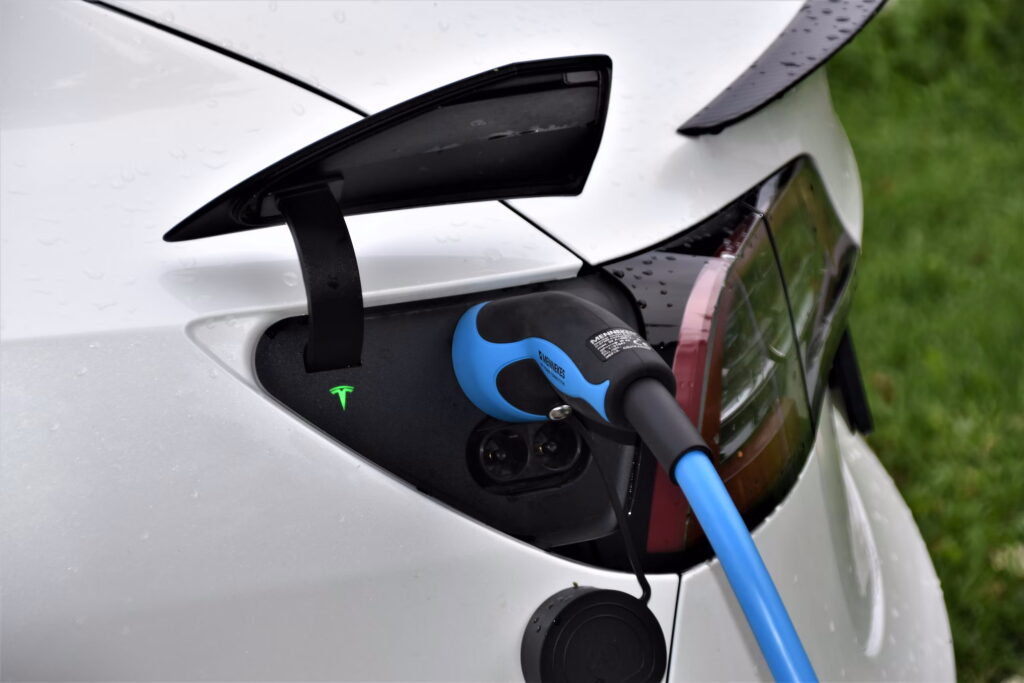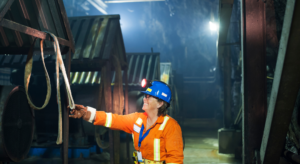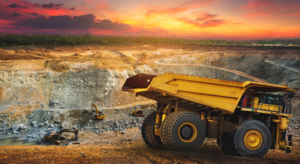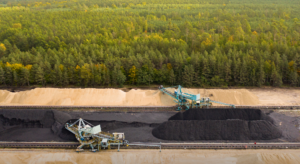The world is seeing a unified push to discard fossil fuel power in exchange for sustainable energy. Electric cars, hydrogen-cell ships, and solar power are all examples of technology and innovations prompted by this revolution. Green energy in general and electrification in particular are the future for nearly every industry. This is just as true in mining. The Gudai-Darri mine in Australia uses solar panels while the Raglan mine in Canada stores wind power. The Antofagasta copper mine aims to have a fully hydrogen-powered fleet of vehicles by 2025. Other industries are going through similar changes, from sustainable HVAC systems to green-energy-producing buildings. Despite the mining industry’s sometimes negative environmental image, it is set to be a vital part of the transition. So what is the role of mining and metals in renewable energy?
Metals and minerals for green energy
Clean energy and electrification all revolve around an ecosystem of batteries and chargers. As the world transitions to electric vehicles, the demand for metals and minerals is set to skyrocket. At a glance, the World Bank predicts a nearly 500% increase in demand for lithium, graphite, and cobalt, all vital materials in electrification. This is a conservative estimate, as some research indicates even higher demand. As green energy sources like wind turbines and solar panels become more common, demand for copper, indium, and vanadium will also increase. The upscaling of electric vehicles in the UK alone requires approximately 200’000 tones of cobalt and 260’000 tonnes of lithium carbonate. Additionally, this process could require a staggering 2’200’000 additional tonnes of copper. With multiple countries upscaling electric vehicles, supply chain issues are likely.
Future supply issues
Mining and metals are also important for the growing field of hydrogen energy. Innovators in electrification are already planning ahead, as demand is likely to outrun supply. Tesla has signed a contract with Glencore Plc to supply almost 6,000 tonnes of cobalt a year to keep its car manufacturing running. Samsung has also turned to Glencore for the valuable metal. Since 2020, and until 2024, Glencore will provide the electronics manufacturer with over 20’000 tones of cobalt a year. As the production of electric infrastructure increases, other materials are likely to increase in value. Battery-grade nickel, for example, may see a ten-fold growth in demand. The short lesson for mining companies is to prepare for a large-scale increase in demand for any materials necessary for electrification.
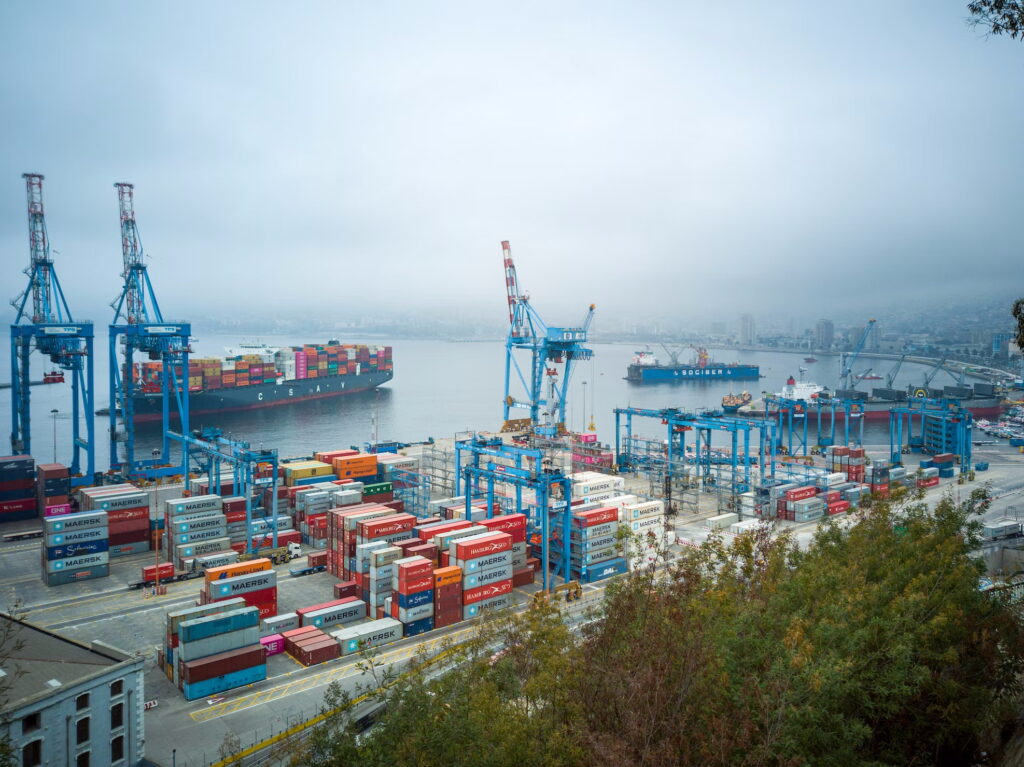
So how can miners help?
First and foremost, the metals and mining industry is likely to reap the benefits of electrification. Surges in both long-term and short-term demand will keep prices high. More and more manufacturers are likely to seek long-term supply contracts, which should bring stable, regular income. As mining itself undergoes electrification, the industry will benefit from advancements in technology. Equipment and energy costs will decrease as supply grows.
The transition to clean energy should also be seen as an opportunity that should not be missed. Mining operations working with the metals vital for electrification need to have roadmaps for how to increase yields. Companies must prepare their logistics chains for increased global demand. It is also important to accurately assess the risks of premature capacity upgrades. All the demand described in this article is still based on a model that may not come to pass. A safe strategy could be to share the product price with a specific manufacturer, similar to Samsung or Tesla, and Glencore.
Companies around the globe are actively seeking means and methods to increase their efficiency and productivity. Join key decision makers at the 2nd Energy Transition for the Metals and Mining Industry conference, on January 19-20th, in Toronto, Canada. Industry leaders will gather to discuss and exchange the best practices for implementing green fuel and sustainable infrastructure. Visit future-bridge.eu or follow us on our social media to keep track of other events about sustainability and Scope 3 reporting.

